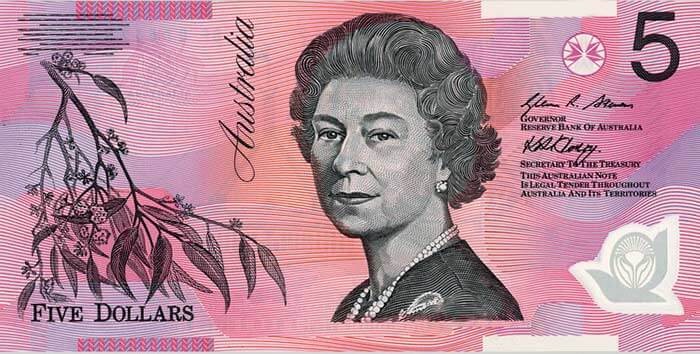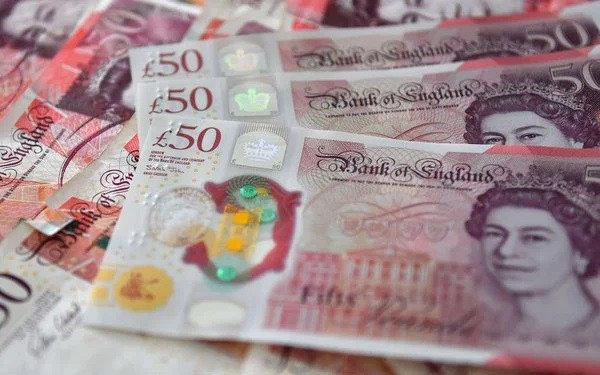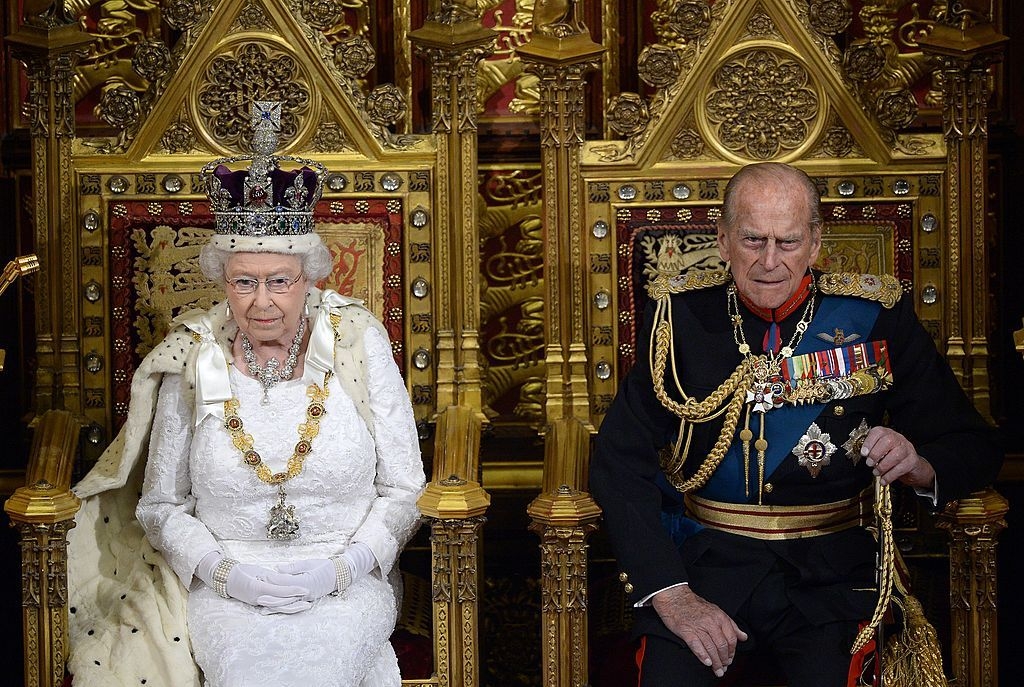Who Are On The UK Money - Banknotes and Coins
 |
| Who Are On The UK Money Of All Time? |
| Table of Contents |
The Pound Sterling, used in the UK, is a decimal currency, just like the majority of other currencies in use today.
The pound sterling is the oldest currency still in use today, having its roots in continental Europe.
The Latin word "libra," which denotes balance and weight, is where this currency gets its name. The Bank of England has been in charge of printing pound banknotes for over 300 years, and during that time, there have been numerous modifications to the notes.
Current pound sterling Coins and Banknotes
There are currently five distinct banknote denominations in use: 5, 10, 20, and 50 pounds. There are also £1 notes, but since they are printed in Scotland, they are quite rare. Certain security features are included with every pound note.
The coins that are in circulation right now are 1 and 2 pounds, as well as 1, 2, 5, 10, 20, and 50 pennies. £5 coins are occasionally released in special editions, but their circulation is purely incidental.
How does the Bank of England decide who features on banknotes?
The Bank of England bases its decision about who belongs on a banknote mostly on whether or not the individual in question was a trailblazer, a leader, or a person who upheld certain values.
People from various backgrounds and areas of interest are tried to be included. To ensure that the selection accurately represents the diversity of British society and various disciplines, they also consider who has previously been featured on notes.
The historical figure ought to be highly regarded and have had a significant impact on society and/or culture. Additionally, a suitable and recognisable portrait of them should exist, to be used on the back of the note.
Lastly, only fictional characters are depicted on sterling banknotes; living individuals are not permitted to be featured.
Who are on English banknotes?
1. £1 (1 pound)
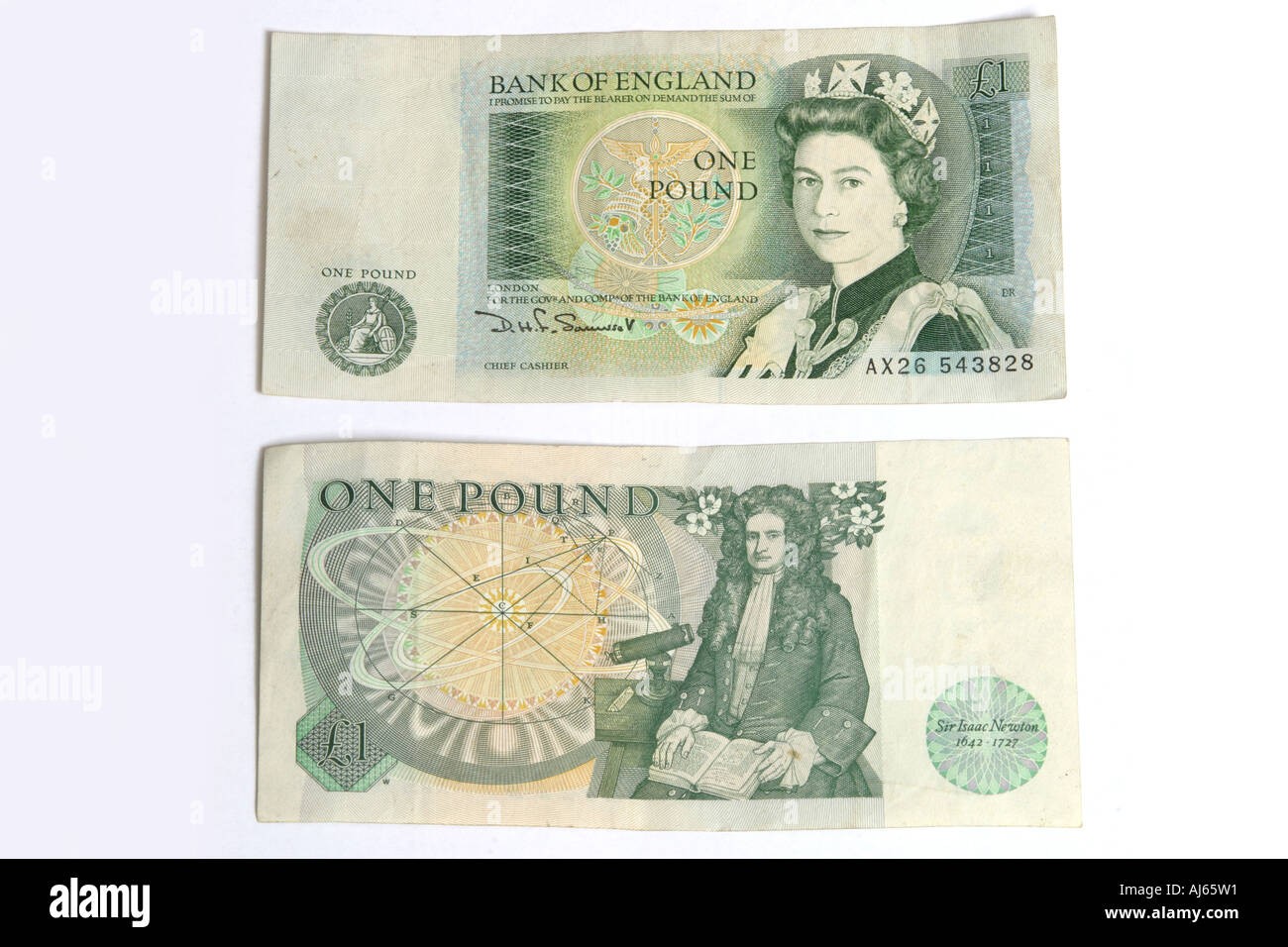 |
| Photo: alamy |
Dates of Issue: 1978-1984
Legal Tender: Until 1988
Reverse Design: Sir Isaac Newton holding a book and also pictures of a telescope, prism and map of the solar system.
Sir Issac Newton (1643–1727) is renowned worldwide for his contributions to mathematics, physics, and astronomy. Along with Einstein, he is regarded as the most influential scientist of all time. But since he served as Master and Warden of the (Royal) Mint, did you know that he had a significant impact on the value of the pound sterling? Given that he had done so much to prevent the re-coinage of the pound (1696) from turning into a disaster of fraud and mismanagement, perhaps it is appropriate that he should have been named to appear on the pound sterling. In pursuit of counterfeiters and coin-clippers, he also went "undercover."
2. £5 (5 pounds)
 |
| Photo: marieclaire |
Elizabeth Fry, who gained notoriety for her advocacy of better living conditions for women incarcerated in Europe, is depicted on the current £5 note.
Elizabeth Fry (1780–1845) was a philanthropist, social reformer, and prison reformer from England. Her Quaker beliefs served as the foundation for a lot of her ideas. Known as the "Angel of Prisons," Fry went so far as to spend a night there in order to fully comprehend what it was like to be a prisoner. She was the first female witness in Parliament in 1818. Her efforts led to the passage of new laws requiring more humane treatment for inmates. Even though there were requests at the time for her to go back home, her legacy persisted, and the suffragettes are said to have been inspired by her example.
George Stephenson is featured on the old £5 note. stopped being legal tender on November 21, 2003.
3. £10 (10 pounds)
 |
| Photo: bankofengland |
Charles Darwin, the Victorian naturalist who created the theory of evolution, is depicted on the current £10 note. An image of Darwin's own magnifying glass and potential travel-related plants and animals are also included.
Because of his contributions to science, naturalist, geologist, and biologist Charles Darwin (1809–1882) was chosen to be featured on a banknote. At university, he developed an interest in the natural sciences despite his initial goal of becoming a doctor like his father.
His big break came when he was offered the chance to study the flora, fauna, and geology of various nations and islands while traveling the world for five years aboard the HMS Beagle. He spent more than 20 years writing "On the Origin of Species by Natural Selection," but Wallace's independent development of the same theory forced him to publish.
4. £20 (20 pounds)
 |
| Photo: banknotenews |
The British composer Sir Edward Elgar, whose orchestral compositions include Enigma Variations (1896) and five Pomp and Circumstance marches (1901–1930), is featured on the current £20 note.
On March 13, 2007, the Bank of England released a £20 note in a new design. The note has improved security features and is signed by Adam Smith, one of the founding fathers of modern economics.
The old-style Elgar note, which will be gradually removed from circulation, will coexist with the new-style £20 notes. Then, as is customary, the date that its legal tender status expires will be disclosed.
5. £50 (50 pounds)
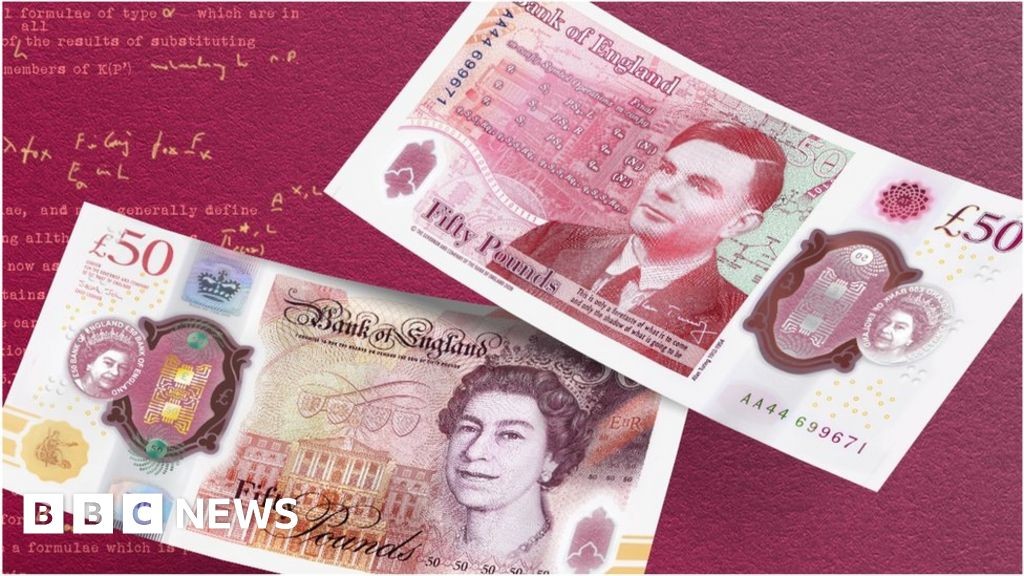 |
| Photo: BBC |
The first Governor of the Bank of England, Sir John Houblon, is depicted on the current £50 note.
As the first Governor of the Bank of England, Sir John Houblon (1632–1712) was selected to appear on the £50 note in celebration of the Bank of England's 300th anniversary. As a merchant, Houblon was well-known for his ethical business practices and altruistic demeanor. In 1689, he was knighted in recognition of these qualities. Five years later, he played a key role in setting up the Bank of England's management and funding framework. In addition, he held the positions of Lord Commissioner of the Admiralty (1698–99) and Lord Mayor of London (1695).
Who are on English Coins?
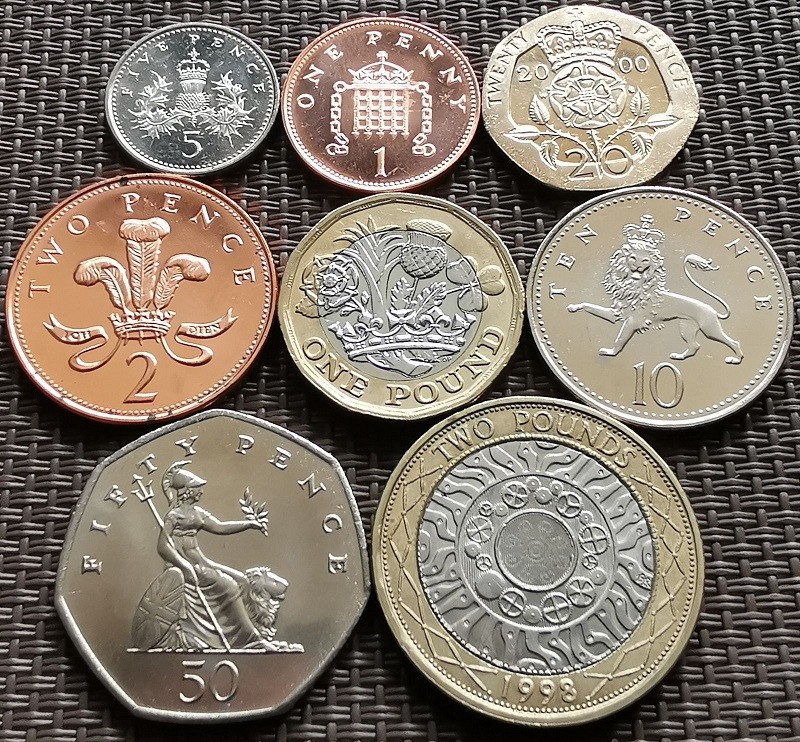 |
| Photo: aliexpress |
On one side of every coin is the image of HM The Queen. For hundreds of years, images of kings and queens have been etched on our coins.
The letters D.G.REG.F.D. always follow the Queen's name on the edge of our coins. 'By the Grace of God, Queen, Defender of the Faith' is what the Latin words Dei Gratia Regina Fidei Defensor, represented by the letters, stand for.
♦ 1p
It pictures the portcullis of Westminster Palace. A portcullis is a grating of iron or wooden bars or slats, suspended in the gateway of a fortified place and lowered to block passage.
♦ 2p
A two-pence piece can be referred to as tuppence or a tupenny.
It pictures the Prince of Wales's feathers.
♦ 5p
This coin shows the symbol of Scotland, the thistle.
On top of the thistle, you can see the British crown.
♦ 10p
The 10-pence coin (about the size of a US Quarter) shows a lion.
For centuries the lion was a proud symbol of Britain's strength.
The lion is wearing the crown of the British Monarch.
♦ 20p
The 20-pence coin shows the Tudor Rose.
A rose is the national flower of England.
On top, you can see the British crown.
♦ 50p
The 50 pence coin shows the picture of Britannia and a lion.
Both are symbols of Britain.
♦ £1 (1 pound)
There are many different pictures on the £1 coin to reflect the different countries of Britain: lions for England, a thistle for Scotland and a leek for Wales. The coin on the left shows the three lions of England.
The slang term for pound is quid.
♦ £2 (2 pounds)
The design of the 2-pound coin represents technological development.
The edge lettering features the quote "Standing on the Shoulders of Giants" by Sir Isaac Newton,
Where Queen Elizabeth II’s face appeared on bank notes worldwide
The Queen endures on paper. Even though Queen Elizabeth II ruled the United Kingdom for seventy years, her image has been in print for much longer. Her image has graced Canadian banknote creases since 1935. Treasury printed her majesty on $1 cent notes in Hong Kong and $20 bills in New Zealand, among other countries and territories.
All continents have printed her face on their currency, with the exception of Antarctica, which lacks a central bank.
With the queen's passing, it is unclear how long her likeness will remain on global banknotes. It will take some time for bank notes that feature her in Australia, New Zealand, and Canada to be updated with King Charles III, the new monarch.
The current $20 banknote is made "to circulate for years to come," according to the Bank of Canada. The Reserve Bank of New Zealand announced that before new coins featuring King Charles' image are released, it will release all of its current supply of coins featuring the queen.
In a statement, the governor of the Bank of England reassured the public that "current bank notes featuring the image of Her Majesty The Queen will continue to be legal tender" for Britain.
How will King Charles III appear on money?A new leader's face always appears in the opposite direction of the previous leader's since King Charles II's reign began in the 17th century, according to British coinage tradition. Charles, on the other hand, is anticipated to face left on coins while Elizabeth faces right. |
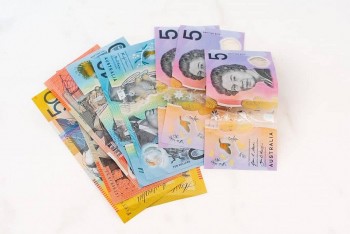 Who Are On Australian Money Of All Time Who Are On Australian Money Of All Time Are you curious to know the names and stories behind the faces on Australia’s banknotes? Read on to know the mystery. |
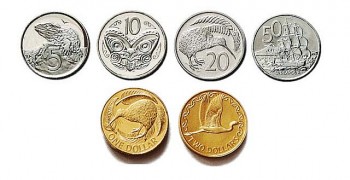 Who Are On New Zealand’s Money Of All Time Who Are On New Zealand’s Money Of All Time Famous faces are featured on New Zealand’s banknotes and coins. Check out this article to know who they are. |
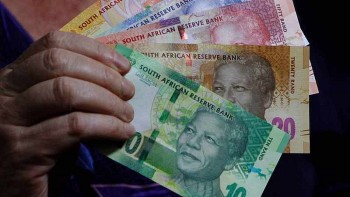 Who Are On South Africa’s Money Of All Time Who Are On South Africa’s Money Of All Time Who do you think of when you mention South Africa? Most of us think about Nelson Mandela. He is one of faces featured on South ... |

